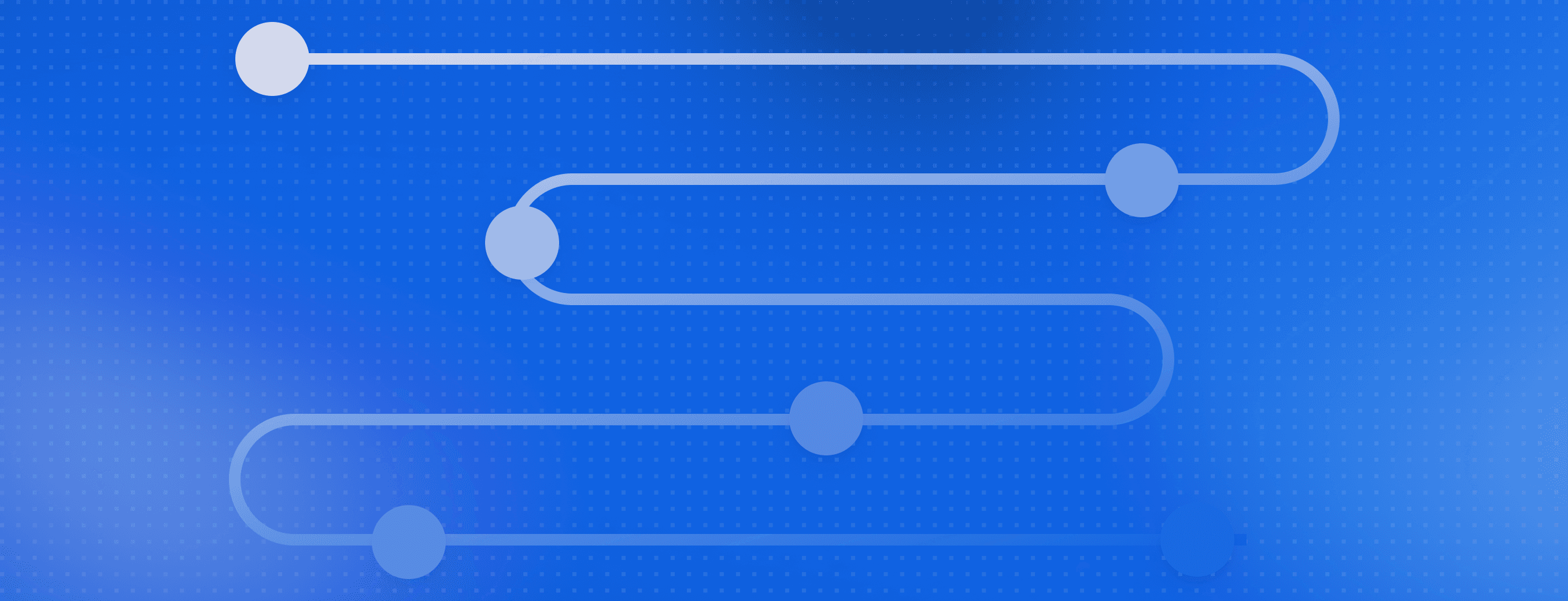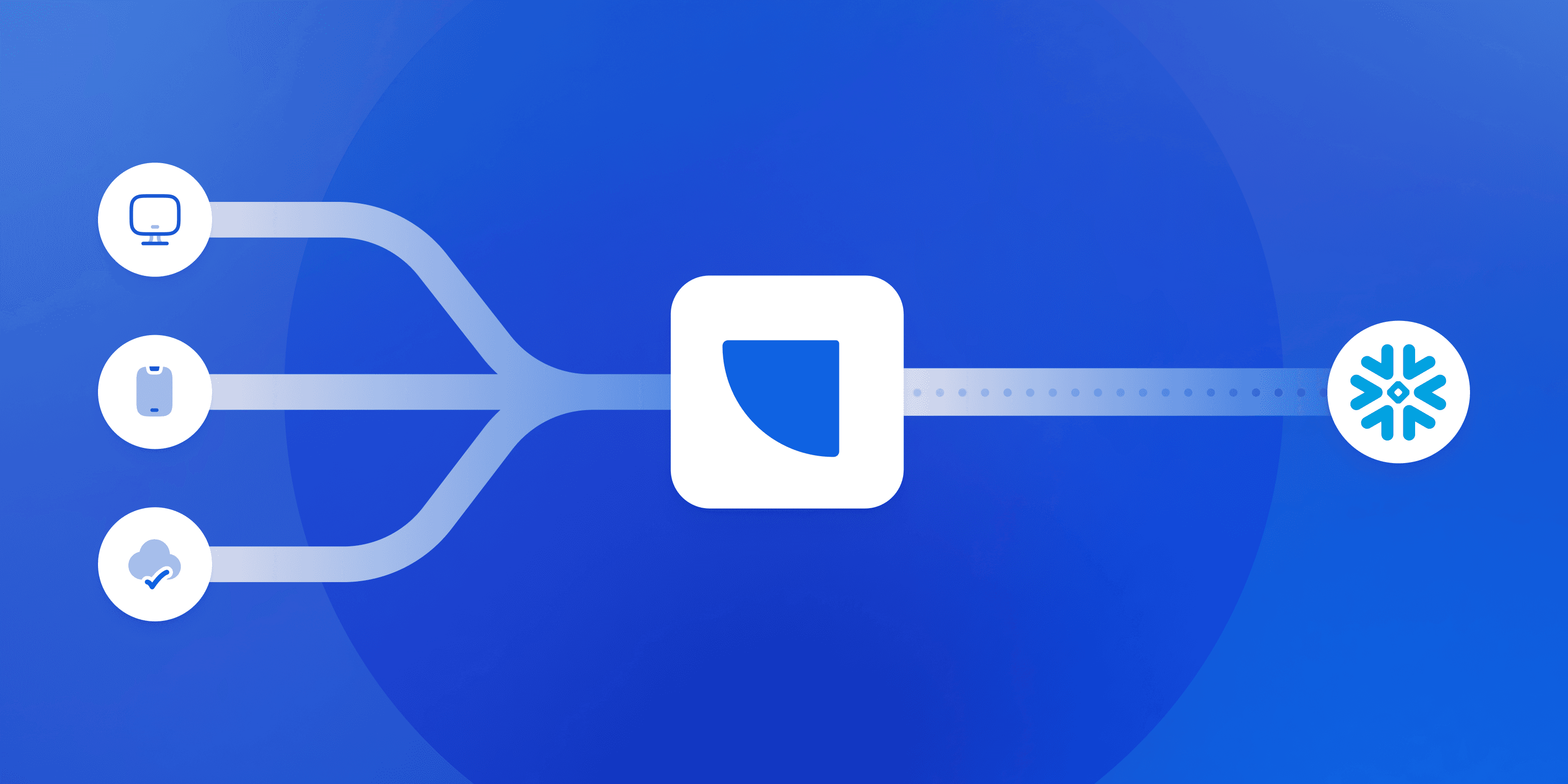Unified data platform: How it works & why you need one
by Brooks Patterson
Understanding event data: The foundation of your customer journey
by Danika Rockett
Event streaming: What it is, how it works, and why you should use it
by Brooks Patterson

Modern data governance: Building trust and value through your data infrastructure
Data governance has evolved far beyond basic compliance checkboxes. Today's most successful organizations turn their data into a competitive advantage while maintaining customer trust.

Data silos: Risks, causes, and how to break them down
Data silos occur when different teams or multiple systems store data separately, making it difficult or impossible to combine and analyze comprehensively. Learn why data silos occur, the risks they pose, and how to identify and break them down.

RudderStack vs Snowplow: A comprehensive feature comparison
We examine key differences between these platforms, focusing on the four critical areas where RudderStack delivers superior value. While they some similarities, RudderStack delivers all of the utility of Snowplow with none of the limitations.

Assisted eCommerce: Is this the future of retail?
Assisted eCommerce blends human stylists, AI recommendation engines, and customer data infrastructure to deliver high-conversion shopping sessions. Learn how LTV models and real-time personalization power this new retail model.

How the CFL increased fan conversions 9x with RudderStack's customer data infrastructure
Discover how the Canadian Football League transformed their fan engagement strategy by unifying ticketing, e-commerce, and fan data with RudderStack's enterprise customer data infrastructure

Automated data integration: Tools, tactics & architecture tips
In this post, we’ll explain how automation in modern data integration streamlines ingestion, transformation, and delivery workflows, especially in complex cloud environments.

Data migration process: Steps, strategies, and tools
A clear, step-by-step data migration guide: plan, profile, transform, validate, and reconcile. Learn strategies, testing and rollback essentials, and tools to move safely with minimal downtime.

RudderStack obtains the Data Privacy Framework Certification
RudderStack is officially certified under the EU-U.S., UK, and Swiss Data Privacy Frameworks. This milestone demonstrates our continued commitment to protecting personal data, meeting international compliance standards, and maintaining customer trust

Data standardization: Why and how to standardize data
When teams cannot rely on their data, reporting slows down and decision-making becomes riskier. Learn how standardization addresses these challenges by creating a consistent structure that data can follow from the moment it enters your system.







